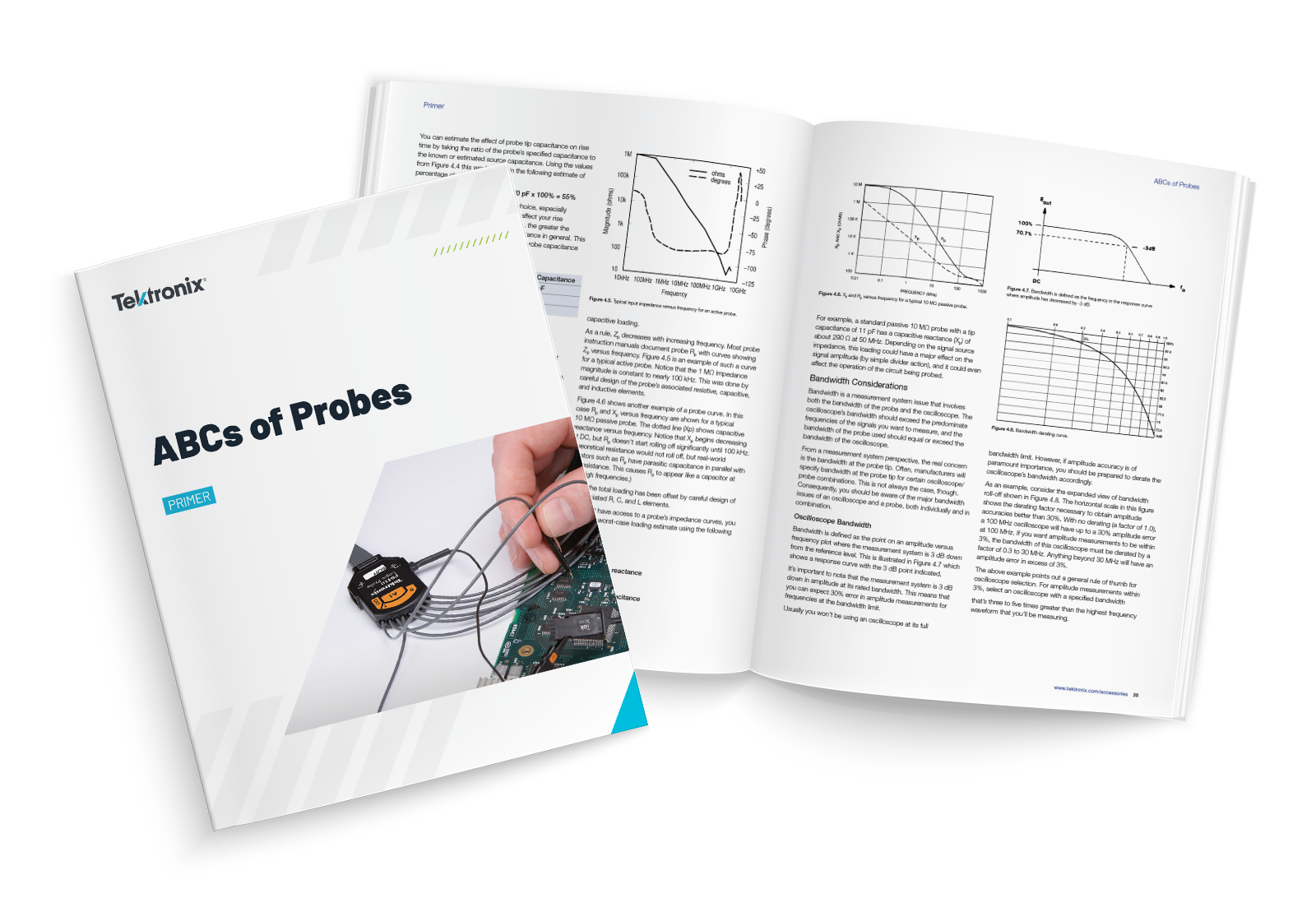Prince Charming
Member level 2
I want to limit the rise and fall times of a MOSFET with a gate resistor to prevent large EMI. My calculation is as below:
Gate driver: FAN3111ESX
MOSFET: IAUC80N04S6N036ATMA1
In this calculation, I thought of a RC circuit at the gate in which the capacitor charges in 5 time constants. I found RG as 4.2ohm. I know this includes internal resistance of the MOSFET too which is not written in the datasheet oddly. Is my thinking correct?VDS = 24;
VGS = 12; % driving gate-soruce voltage
Ron = 0.0029; % On resistance at operating point
tr = 30*10^-9; % desired rise time
tf = 30*10^-9; % desired fall time
Qtotal = 17*10^-9; % total gate charge at operating point obtained from datasheet (depends on: VDS, VGS)
Ig = Qtotal/tr % Required Gate Current
Cg = Qtotal/VGS; % Gate capacitance at operating point
RG = tr/(5*Cg)
Gate driver: FAN3111ESX
MOSFET: IAUC80N04S6N036ATMA1
